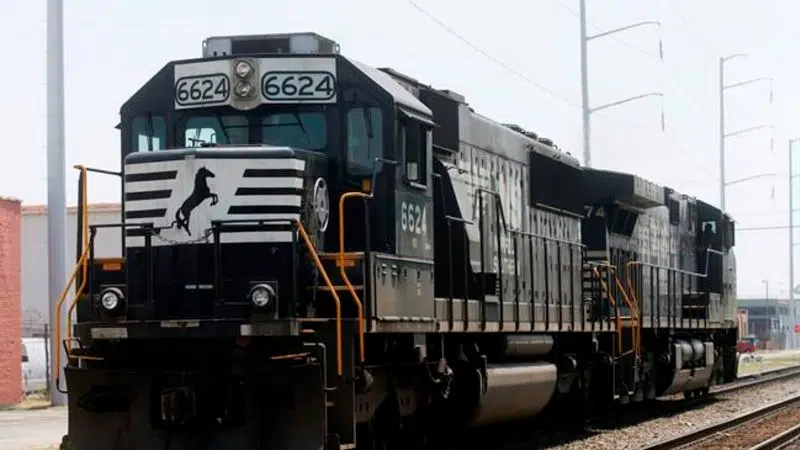
Coal train derails into Great Dismal Swamp wildlife refuge
CHESAPEAKE, Va. — A coal train has derailed in the Great Dismal Swamp National Wildlife Refuge in Virginia, raising concerns about its wildlife and the fragile peat soil that has accumulated there over the course of centuries.
Chris Lowie, manager of the federal refuge, said 36 of about 100 cars went off the tracks early Tuesday morning. The Norfolk Southern train was carrying a fine, sand-like form of coal that spilled into water-filled ditches along the tracks and into the forested wetland.
“The cars were a pile of metal,” Lowie said by phone on Wednesday. “They were accordioned, literally. Most of them were sideways, busted up and tipped over. Coal was everywhere.”
Norfolk Southern said in a statement Wednesday that the coal spill “is confined to a relatively small area” adjacent to the tracks and that “there is no impact to any major waterway.”


